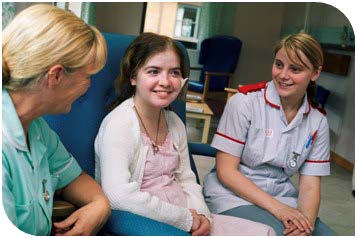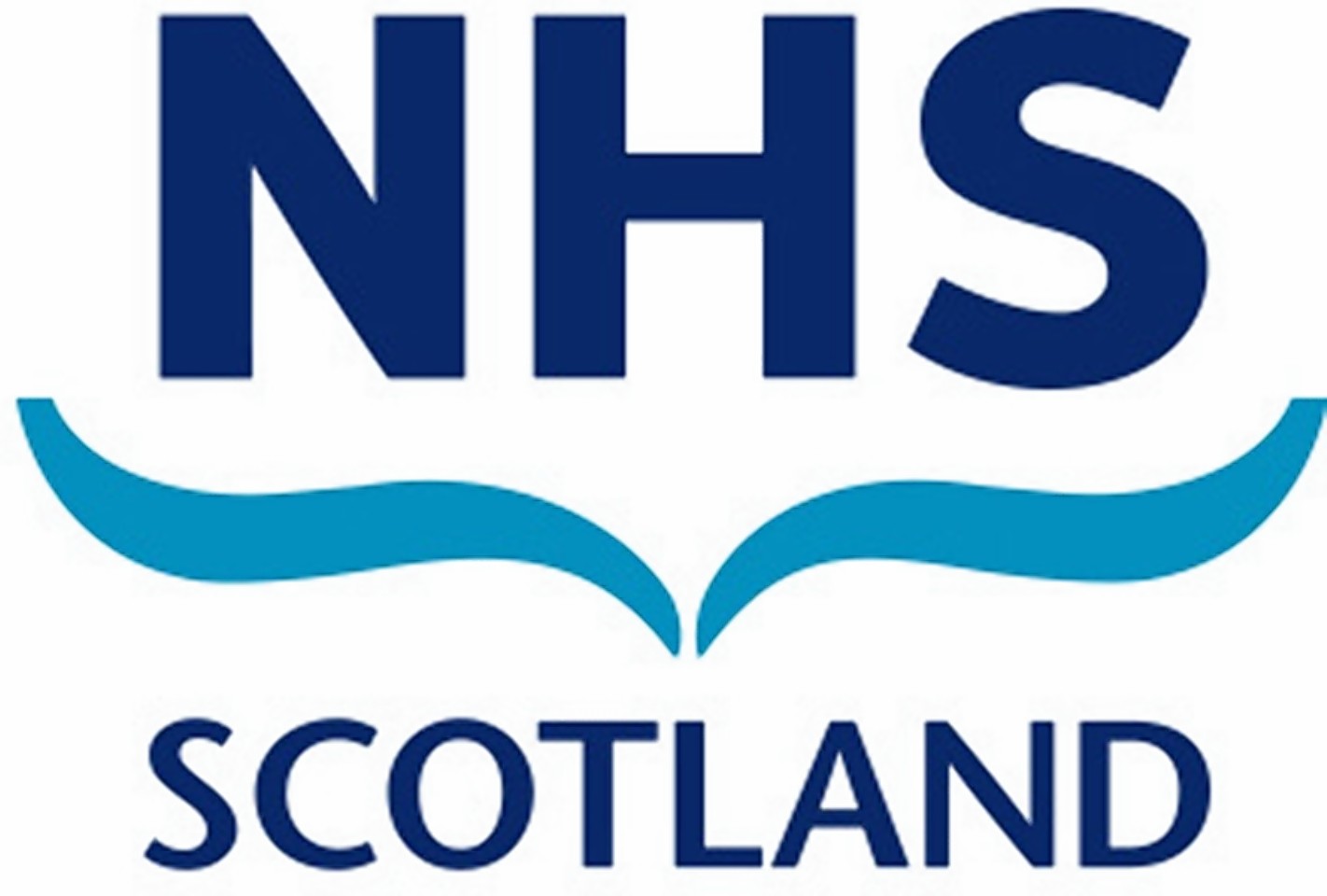
The Centralisation of Cleft Care – Has it Worked?
Background
At the turn of the century, Cleft Teams as we know them today didn’t exist. There were 57 different centres in the UK treating and operating on children with a cleft, meaning the service was often inconsistent and the treatment outcomes could be poor.
In 1998, the UK government accepted the Clinical Standards Advisory Group (CSAG) report into Services for Children with a Cleft Lip and Palate. This report was the result of a 15 month study, and its recommendations included “a move towards 8-15 multidisciplinary cleft centres nationally.” After three years of negotiation, with CLAPA’s then-CEO Gareth Davies representing the voice of patients, the sites of the new Cleft Teams were announced. This is known as the ‘centralisation of cleft care’.
So, did this move succeed in standardising the service and improving treatment outcomes? In 2006-7, a large-scale survey run by CLAPA concluded that there was still much room for improvement, and a report was published in 2007.
The Cleft Care UK Study
The Cleft Care UK Study began in 2011 and ended in mid-2013. It repeated and extended the first CSAG survey from 1998 and reviewed the treatment and outcomes of around 250 five-year-old children with complete unilateral cleft lip and palate. It also looked at how Cleft Teams worked and what economic impact the centralisation of cleft services had had.
The results of this study were published in November 2015, with individual articles reporting on outcomes for each aspect of cleft care. These articles are open for anyone to read.
The bottom line is that cleft care in the UK has improved after the centralisation of cleft services, and that the move has been largely successful. However, it is difficult to compare two studies 15 years apart, so the report also makes recommendations for future research and data collection.


